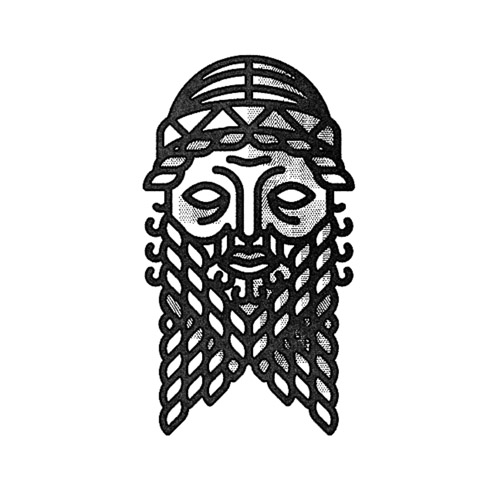About
"The Eridu Genesis" is a 1981 journal article by Thorkild Jacobsen that was published in the Journal of Biblical Literature. It contains a translation of a Sumerian creation and flood myth. Notably, Jacobsen coined the term "Eridu Genesis" in this publication; consequently, the name applied to the myth in popular culture thereafter. The translation of the myth is based on an artifact named "B10673," which is a clay cuneiform tablet first published by Arno Poebel in 1914.
Source: OMNIKA
Access
Read for free
External sources
Primary
Myth
The Sumerian deities An, Enlil, and Enki created the "black headed people," the animals, and assigned the cities among the deities. Eridug was given to Nudimmud, the leader. Ziusudra, a Sumerian king, is told that a flood will sweep over the land: "A decision that the seed of mankind is to be destroyed has been made." This was announced by An and Enlil. A huge boat is constructed and it withstands the rain and wind for seven days and seven nights. When the chaos ended, Utu, the sun deity, showed himself and entered the boat, whereby Ziusudra sacrified oxen and offered sheep to him. As the animals disembarked off of Ziusudra's boat, An and Enlil treated Ziusudra kindly and granted him eternal life in "the land Dilmun" because he preserved the seed of mankind.
Belief system
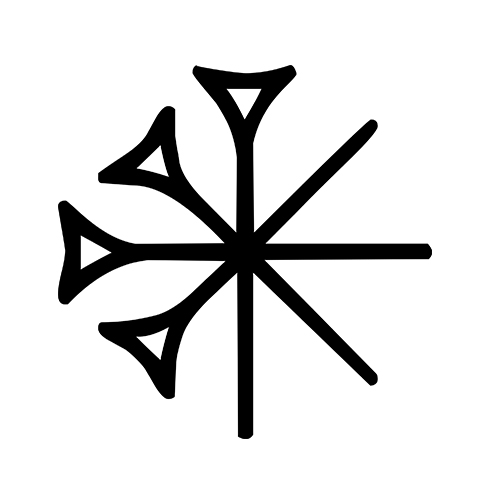
Sumerian religion refers to spiritual beliefs practiced from ca. 4500-1900 BCE in Mesopotamia, or modern-day southern Iraq. Many deities were diffused into other Mesopotamian cultures.
Deity
Ziusudra (Sumerian: 𒍣𒌓𒋤𒁺) was a figure that appeared in a Sumerian king list as well as the flood myth known as the the "Epic of Ziusudra."
Translation
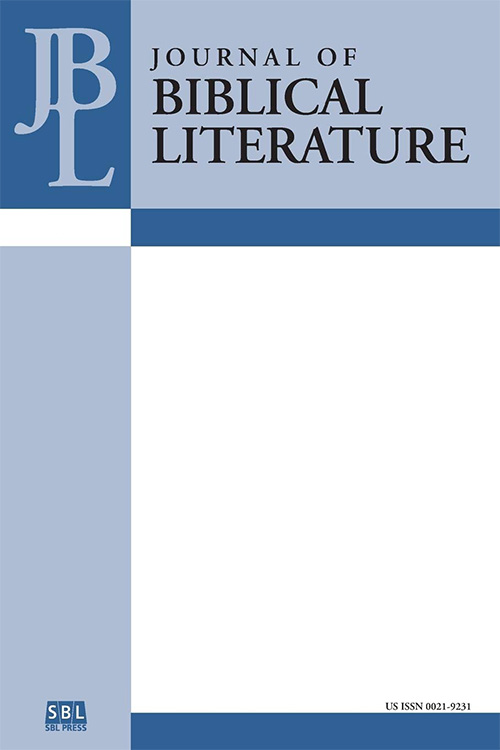
"Eridu Genesis" provides a partial English translation of a Sumerian creation and flood myth. This 1981 version was written by Thorkild Jacobsen and was where he coined the term "Eridu Genesis." It contains transliteration line numbers in the footnotes and there are many missing segments.
Myths cited
Belief systems cited
Primary
Artifacts cited
It looks like only the main artifact was referenced in this work.
Other works
Journal article · 1981

"The Eridu Genesis" is a 1981 journal article by Thorkild Jacobsen that was published in the Journal of Biblical Literature. It contains a translation of a Sumerian creation and flood myth. Notably, Jacobsen coined the term "Eridu Genesis" in this publication; consequently, the name applied to the myth in popular culture thereafter. The translation of the myth is based on an artifact named "B10673," which is a clay cuneiform tablet first published by Arno Poebel in 1914.
Book · 1987
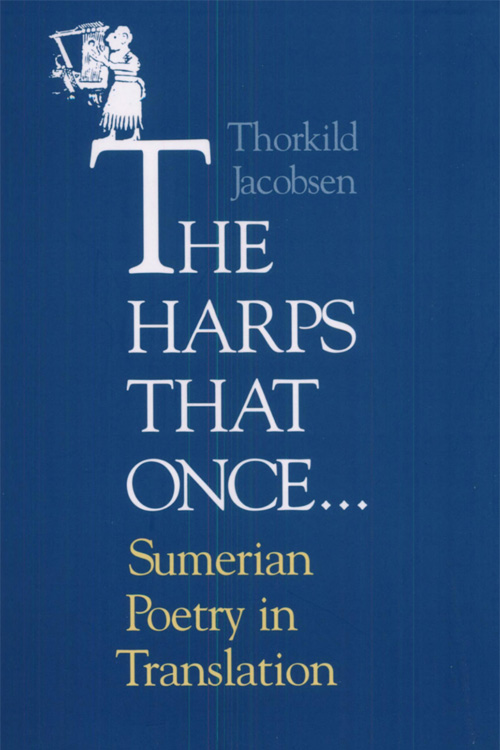
Jacobsen's Harps is a 1987 book which contains translations by the author of Sumerian poems. Jacobsen was a well-regarded Sumerologist and cuneiformist who contributed to the study of Sumerian literature.
Library works
Book · 1914
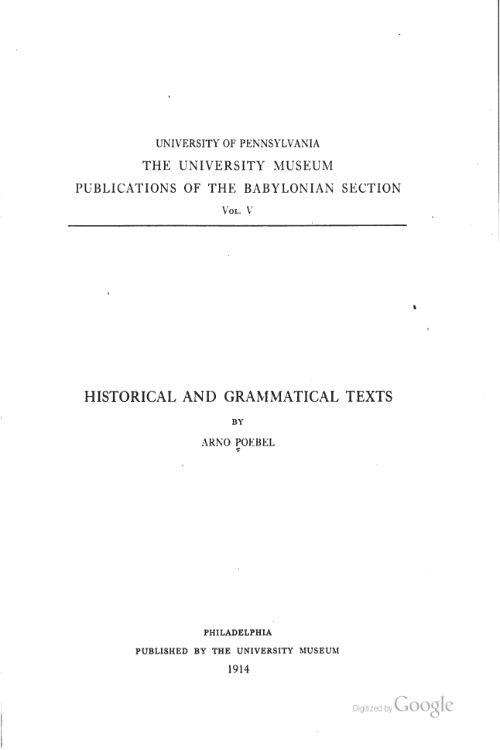
In 1914, Arno Poebel published Publications of the Babylonian Section: Vol. 5. Historical and Grammatical Texts, commonly abbreviated as PBS 5. This work includes a collection of artifact sketches from expeditions done by the University of Pennsylvania between 1890 to 1899. The text contains sketches of clay cuneiform tablets with Sumerian inscriptions. Many myths, hymns, and stories are referenced. Arno Poebel, a German Assyriologist who lived between 1881 and 1958, published the work.
Book · 1914
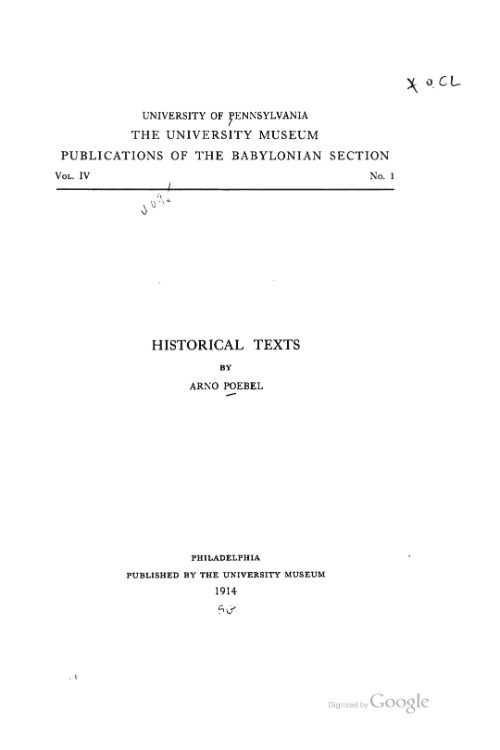
In 1914, Arno Poebel published Publications of the Babylonian Section: Vol. 4. Historical Texts, commonly abbreviated as PBS 4. It provides a full translation and transliteration of artifact B10673. This artifact contains one of the world's oldest Sumerian flood and creation myths. The myth is often called the "Eridu Genesis" or "Epic of Ziusudra." Arno Poebel, a German Assyriologist who lived between 1881 and 1958, published the work.
Contributor
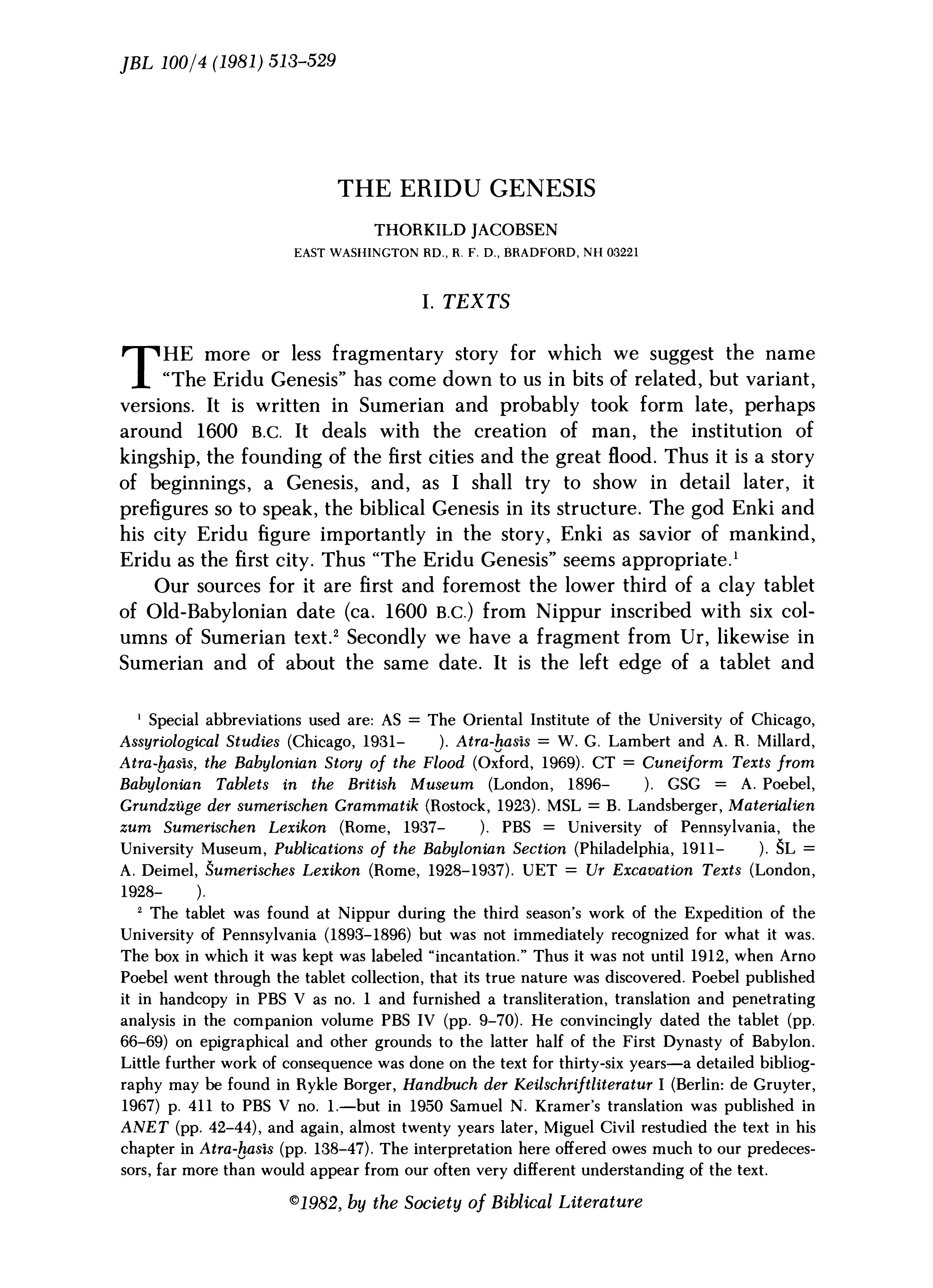
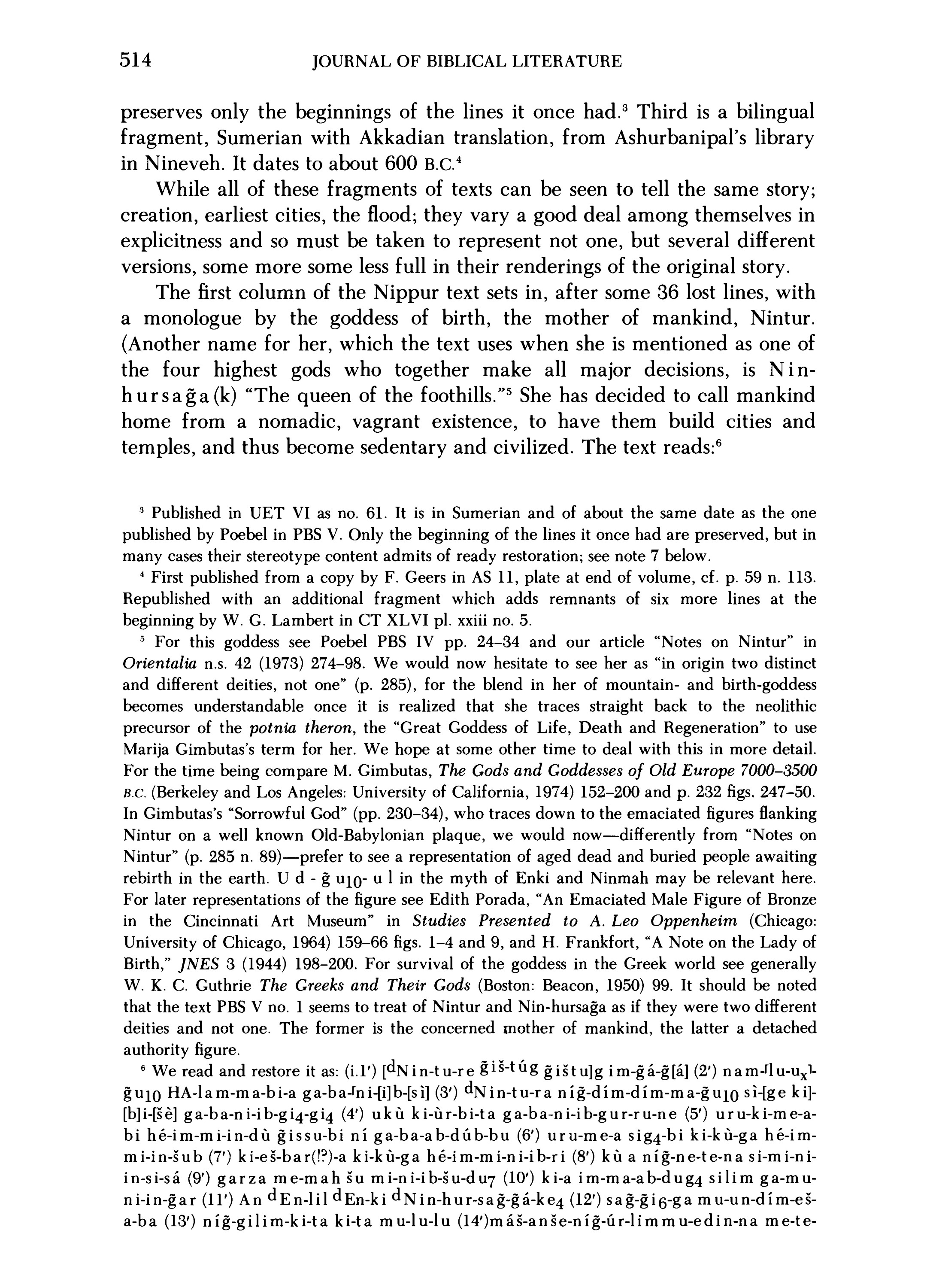
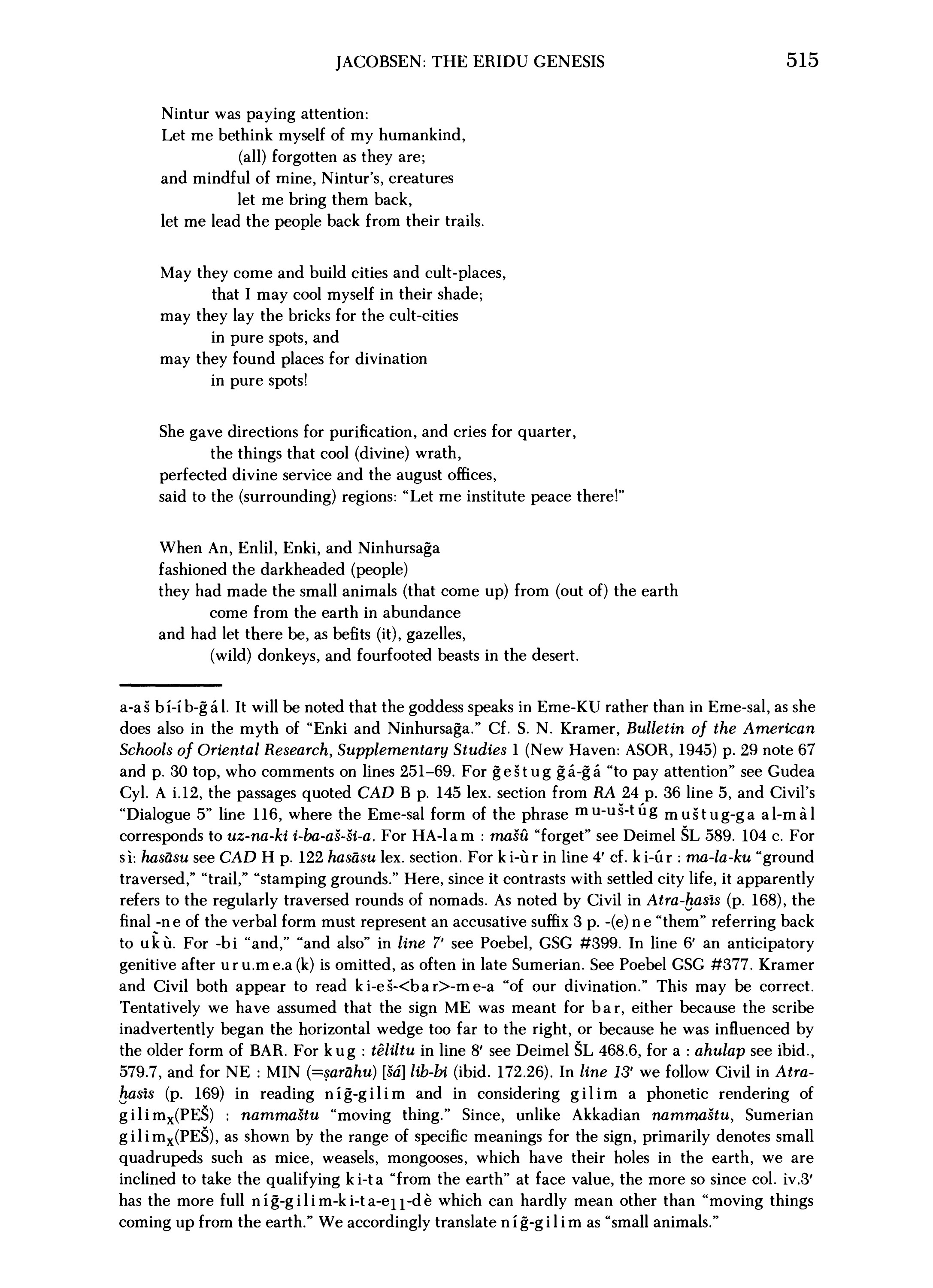
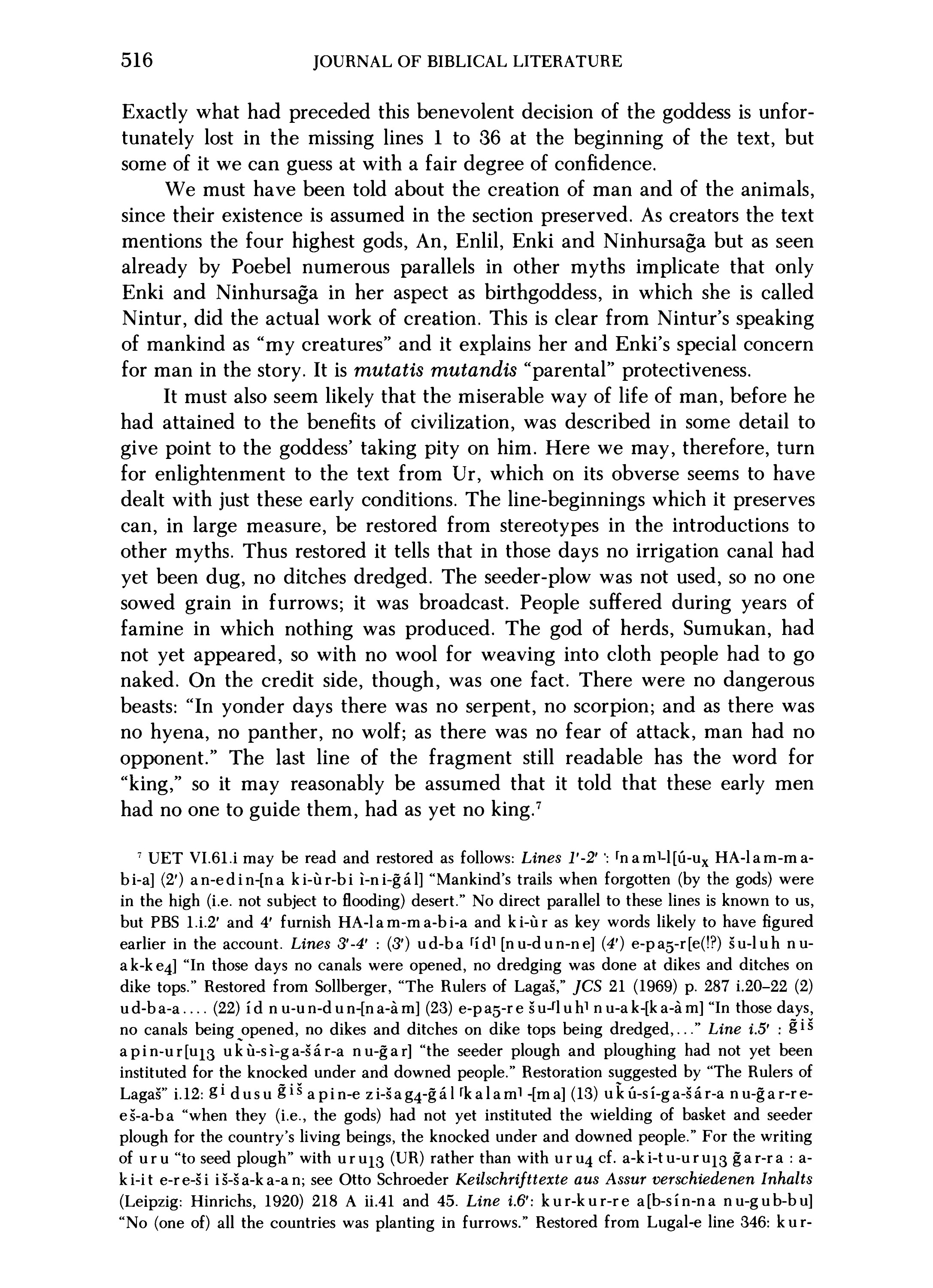
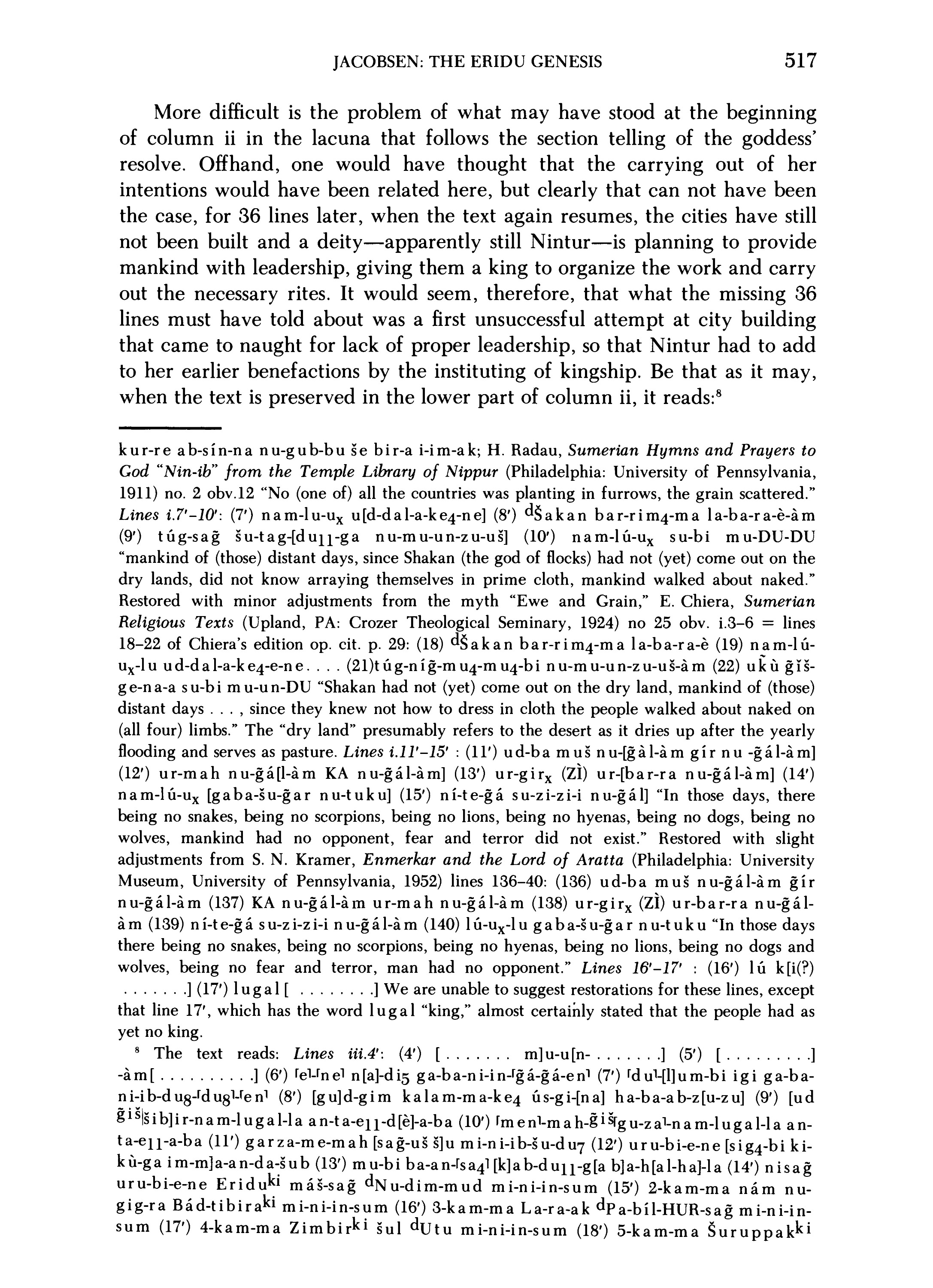
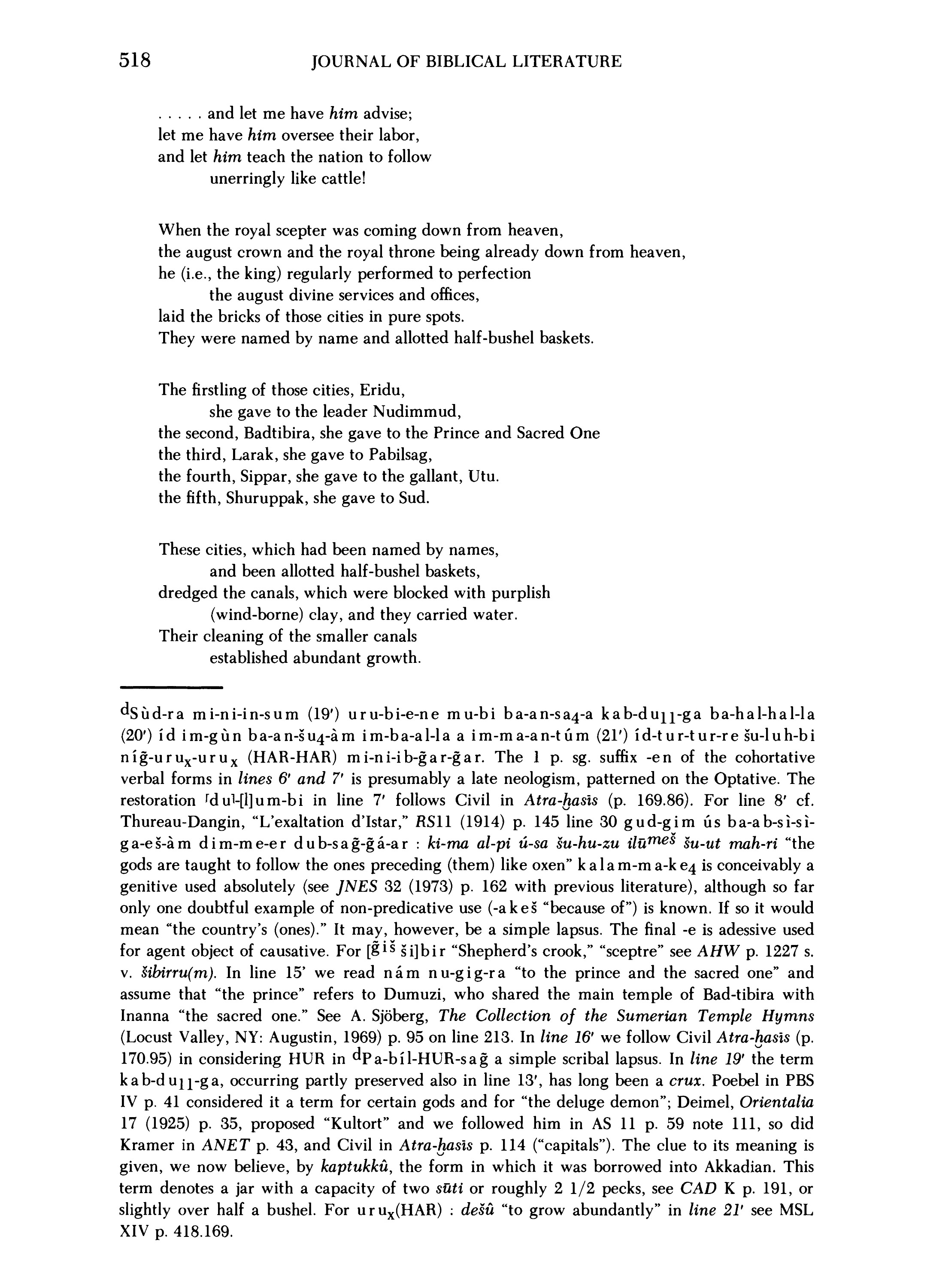
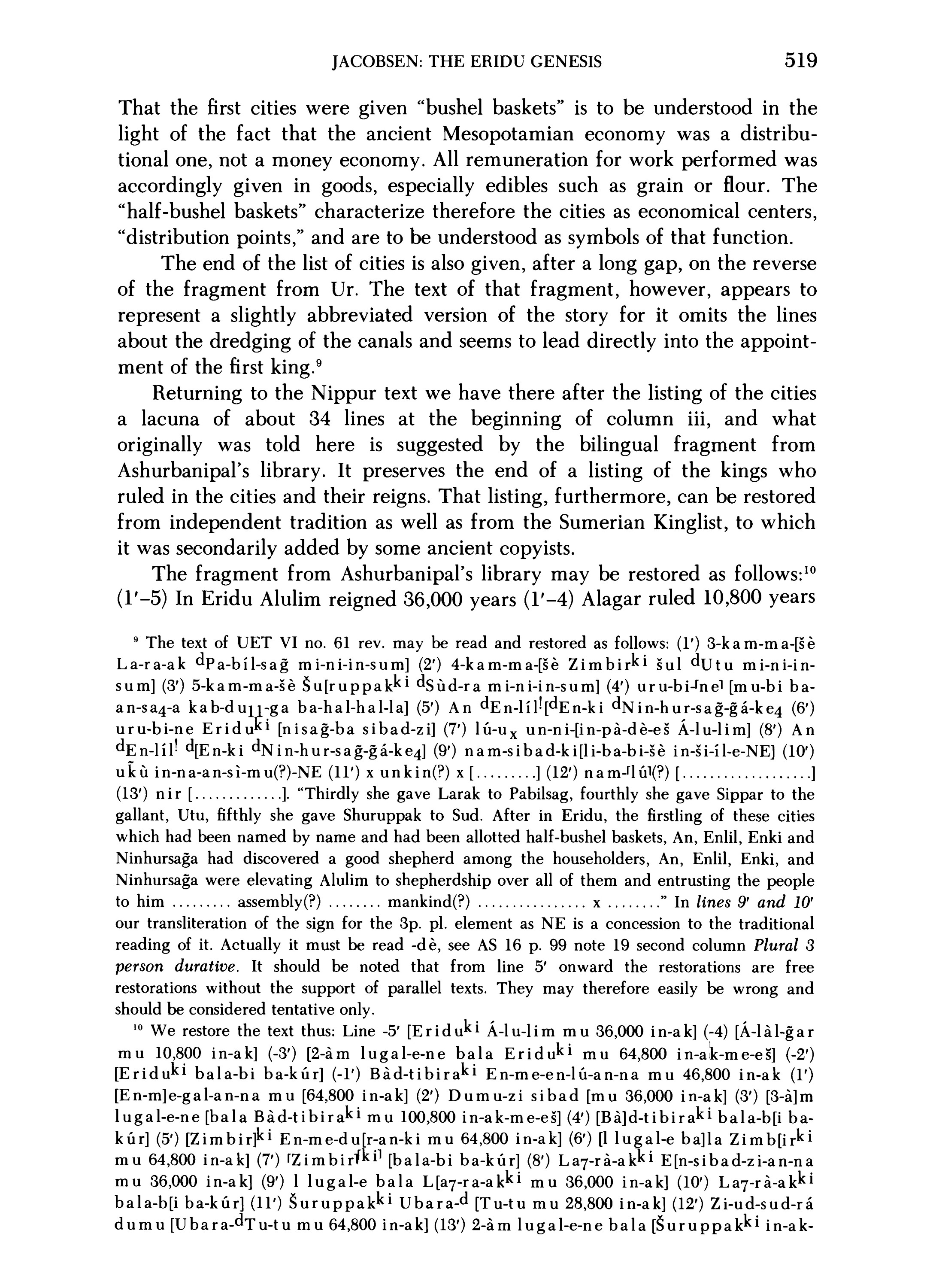
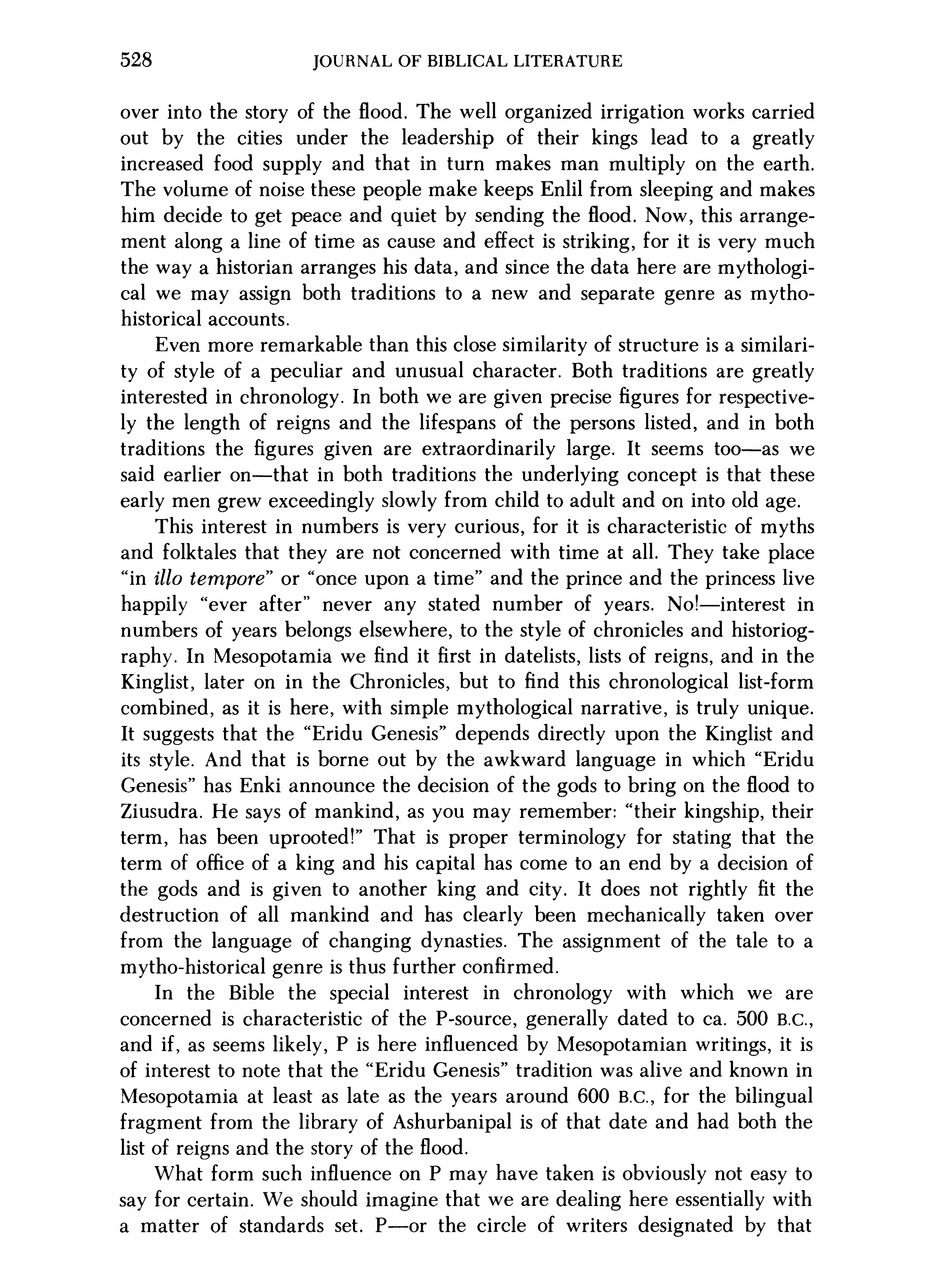
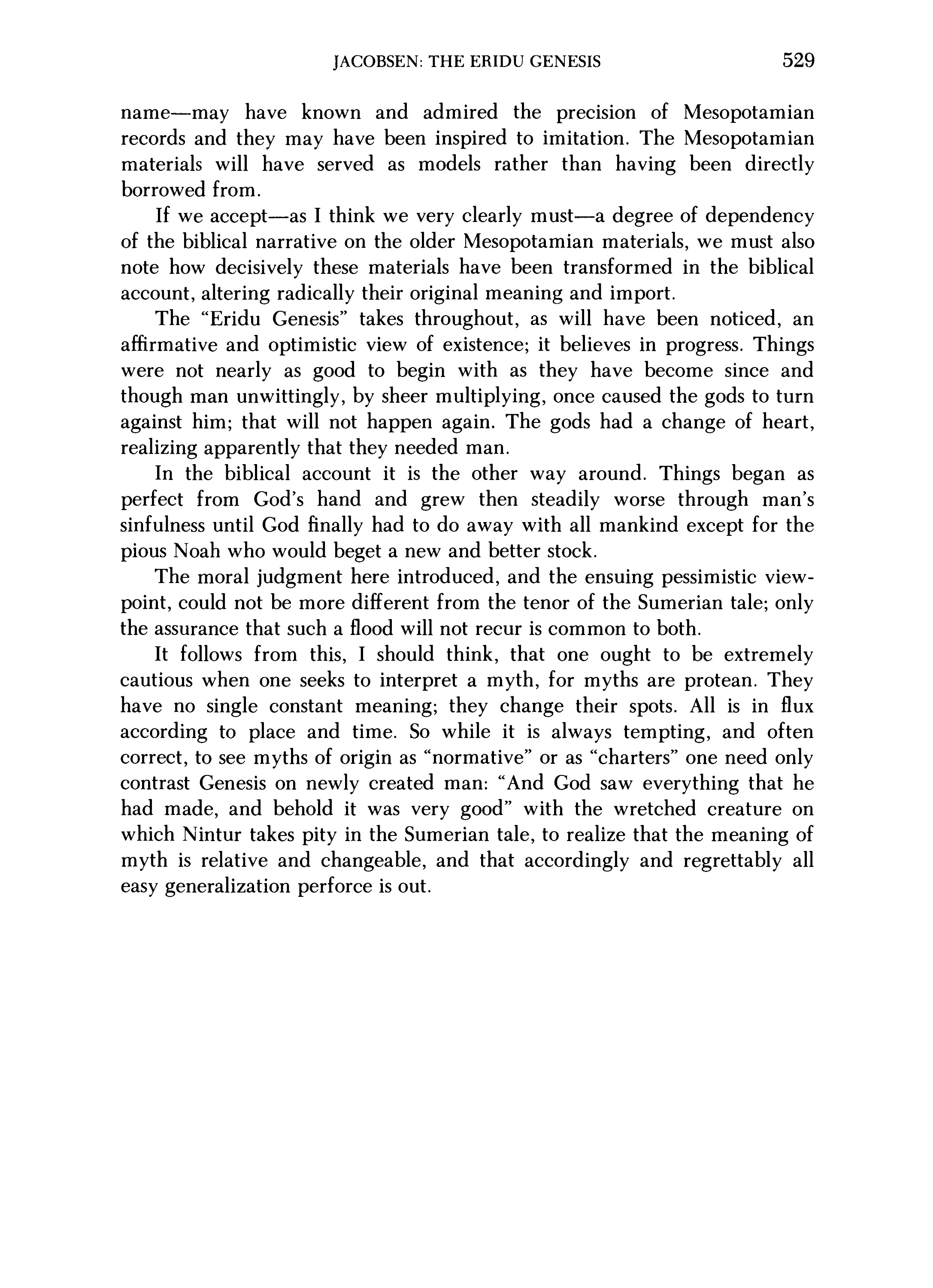
Cite this work
ChicagoJacobsen, Thorkild P. R. "The Eridu Genesis." Journal of Biblical Literature 100, no. 4 (December 1981): 513–529.
